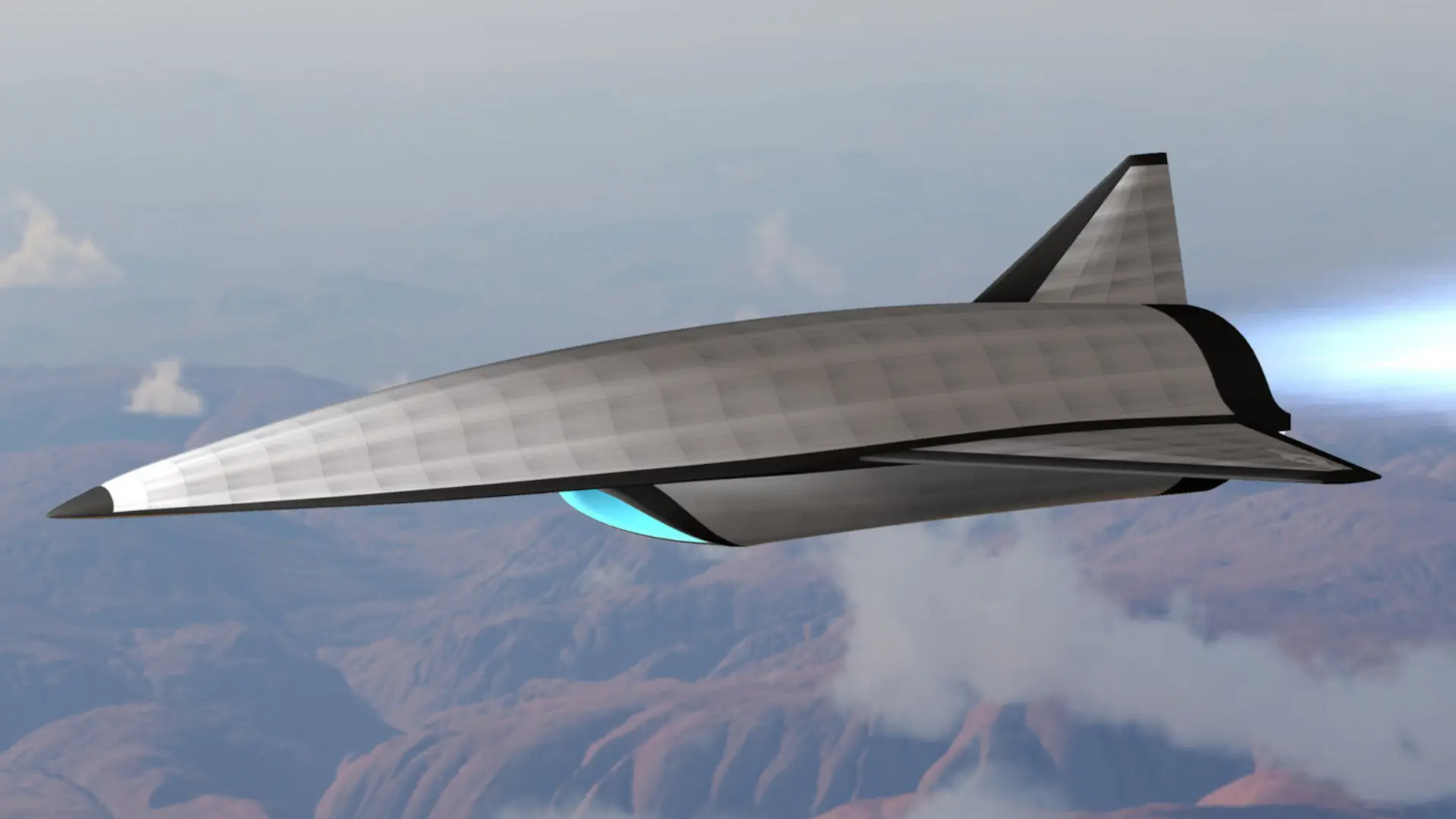The future of the U.S. Air Force’s secretive Mayhem program is uncertain amid a funding issue that could at least lead to a major delay. Mayhem’s stated focus has been on demonstrating an air-launched hypersonic air vehicle capable of performing strike and intelligence, surveillance, and reconnaissance missions, but the apparent demand for this capability within the service at all is now unclear. There could still be interest going forward in certain components of the project, including research and development work on advanced high-speed jet engines.
The Air Force Research Laboratory (AFRL) awarded a contract with a $334 million ceiling for work on Mayhem, including “delivering a larger class air-breathing hypersonic system,” to Leidos back in 2022. At that time, the company announced that Calspan, the Draper Laboratory, and Kratos Defense & Security Solutions. were also part of its team to design the Mayhem air vehicle, which it said would be powered by a scramjet engine. The first details about this project emerged publicly in 2020 and The War Zone has been following it closely since then.
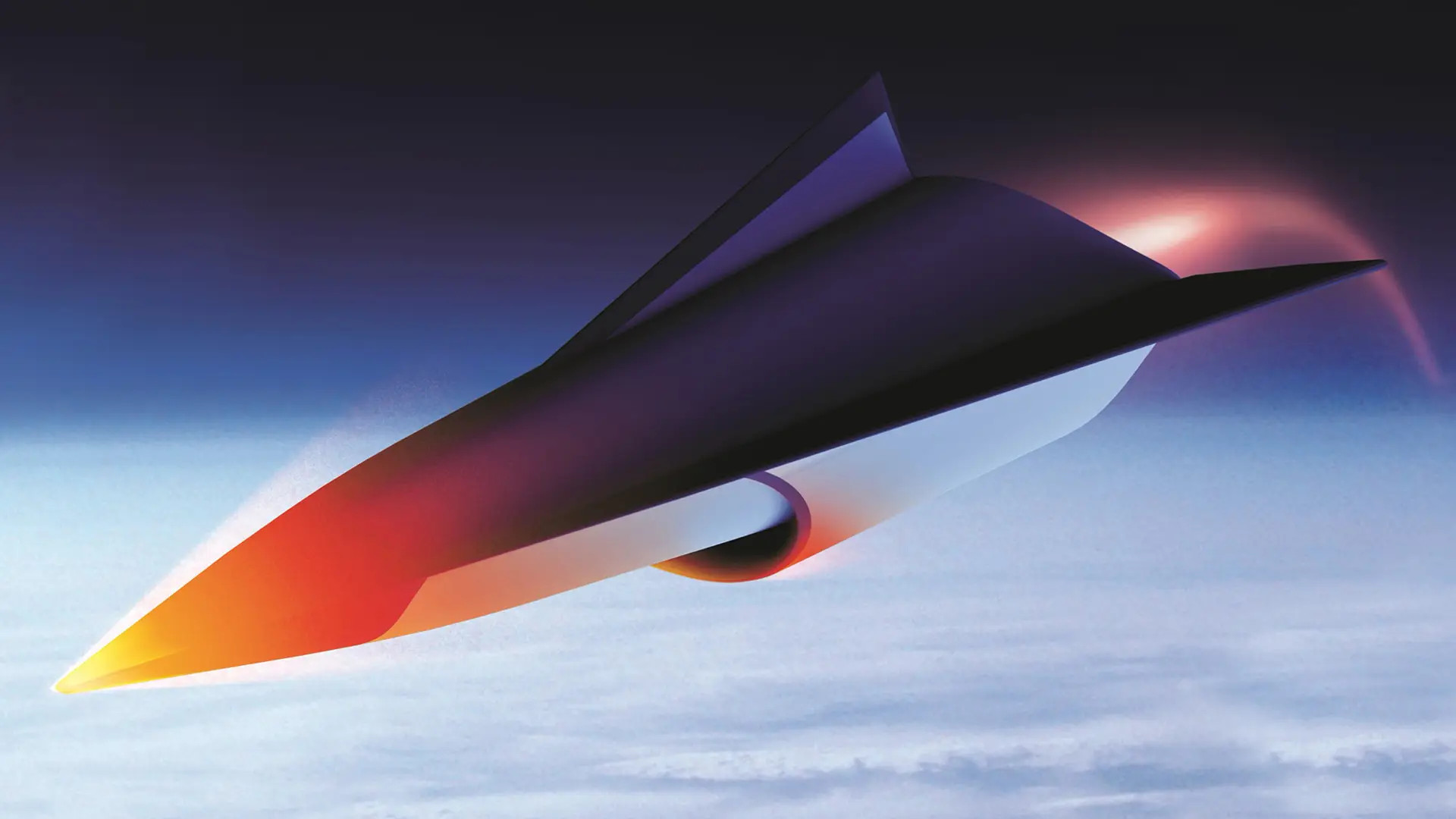
The “Mayhem program will complete the first task order, this year, on the current contract at the conclusion of the Conceptual Design Review/System Requirements Review [CoDR/SRR],” AFRL spokesman Bryan Ripple told The War Zone earlier this week.
“AFRL is neither terminating the initial task order nor the Indefinite Delivery, Indefinite Quantity (IDIQ) contract,” Air Force Col. Aaron Tucker, the High Speed Systems Division Chief at AFRL’s Aerospace Systems Directorate, stressed to us in response to follow-up questions. “The initial task order will be fulfilled with a conceptual design review.”
Ripple and Tucker’s comments came in response to questions we raised this week during the Air & Space Forces Association’s Warfare Symposium in Aurora, Colorado about the future of Mayhem, as well as Lockheed Martin’s SR-72 program, which we will come back to later.
However, “the Mayhem program did not receive funding in fiscal year 2024 to proceed beyond the scope of task order 1 (CoDR/SRR),” Tucker added. “This funding decision results in a year-for-year slip in the development of a digital design and enabling technologies for an air-launched hypersonic ISR [intelligence, surveillance, and reconnaissance] & strike capability until funds are restored.”
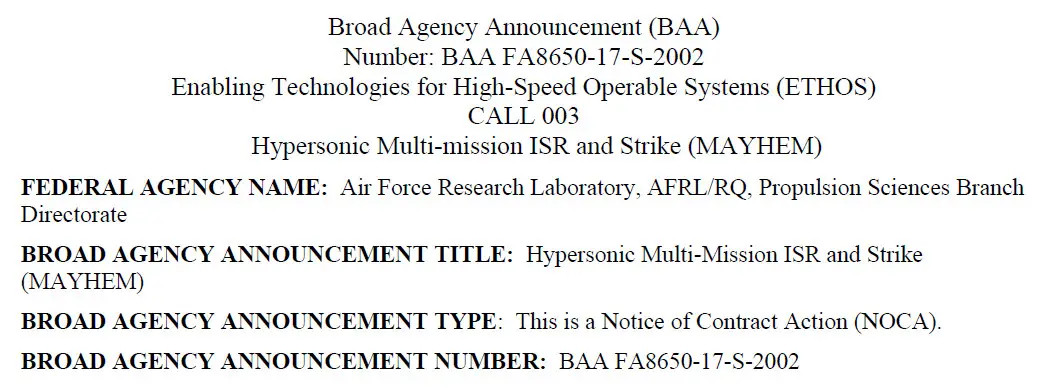
What potential hurdles there might be to securing that funding now, and if there is even any intention to try to do so, are unclear.
In addition, “although AFRL is not terminating the existing contract with Leidos, the operational pull is not clear enough to warrant significant investment to launch and deliver a more complete design package suitable for an acquisition program,” according to AFRL spokesman Ripple. That being said “AFRL may seek to add additional task orders to the Leidos contract in the future.”
Leidos declined to comment on the status of Mayhem in response to questions from The War Zone.
Right now, the plan is to use “the conceptual vehicle design” Leidos has developed “to identify technical risks for expendable hypersonic vehicles,” AFRL’s Tucker explained. “This design will be used to establish a Technology Maturation Task Order under the Expendable Hypersonic Multi-Mission Platform IDIQ awarded to Leidos, Inc., to support expendable hypersonic technology development.”

Despite the apparent lack of clarity on the “operational pull” for a hypersonic air vehicle for strike and reconnaissance missions, the expectation is still that “the designs and technologies advanced through this program provide a steppingstone to the future of hypersonic capabilities, to include next generation stand-off weapons and reusable hypersonic aircraft,” according to Tucker.
Separately, “Air Force Global Strike Command is conducting an Analysis of Alternatives, or AoA, over the next year to refine the requirement for high speed strike and the Office of the Secretary of Defense, or OSD, is continuing to refine leap ahead capability for reuseable applications,” Ripple, the AFRL spokesman, said.
“What we are more interested in right now, in terms of a feasibility perspective, is a high-mach turbine engine,” a U.S. Air Force official told The War Zone when asked about AFGSC’s interest in Mayhem.
Still, a reusable uncrewed air-launched hypersonic strike and reconnaissance aircraft could certainly offer benefits in various operational scenarios. Such a system could be ideal for prosecuting time-sensitive targets, or just gathering intelligence on them, including deep in denied areas at extreme stand-off ranges. From an ISR perspective, spy satellites, which might be the only other option for collecting on the targets in question, could take too long to retask and are predictable, with the enemy knowing when they will pass overhead.
An air-launched reusable platform could offer additional flexibility in terms of vector of approach and timely arrival over a target area compared to regional ground and surface-launched concepts.
A similar overall operational demand looks to have been behind China’s development of the WZ-8 air-launched high-speed rocket-powered drone. That is a far less ambitious system that is tailored to operations over and near the Taiwan Strait and South China Sea, but the general idea is similar.
The overall demand signal around Mayhem has always been somewhat curious. When news of the program’s existence first came out in 2020, it was only known to be tied to the development of very-high-speed and otherwise advanced jet engines, including turbine-based combined cycle (TBCC) and dual-mode ramjet types.
Ramjets and scramjets do not work properly at lower speeds, and platforms that are powered by them require some kind of boost, typically from a rocket, to get them to suitable velocity initially. TBCCs, in particular, are designed to offer a way for an air vehicle to use a traditional jet turbine at lower speeds and ramjets/scramjets are higher ones, and to be able to go from one propulsion method to the other relatively seamlessly. This is seen as something of a holy grail for high-speed aircraft design as it would enable landing and taking off from existing runways using standard jet engines, but also the ability to cruise at high-supersonic or even hyperosnic speeds. Hypersonic speed is defined as anything above Mach 5.
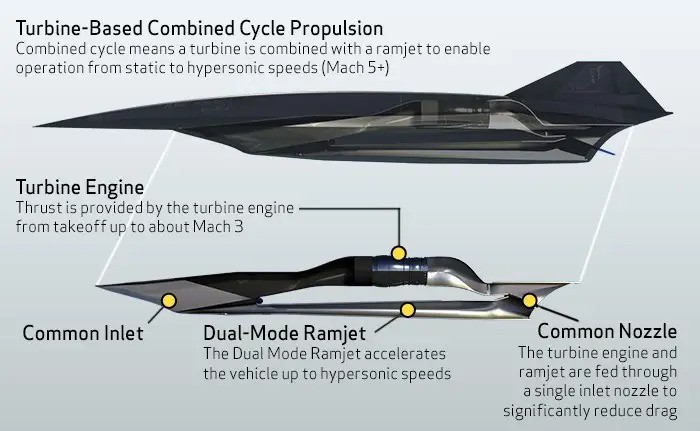
In 2021, it emerged that strike and reconnaissance mission profiles were part of the Mayhem concept plan. This had evoked memories of an unusual burst of public discussion about exactly this kind of platform between 2017 and 2018. During that period, Lockheed Martin’s Skunk Works advanced projects division very actively promoted an uncrewed hypersonic strike and ISR aircraft called the SR-72 – a reference to succeeding the company’s famed SR-71 Black Bird spy plane – and adjacent efforts. This included former company CEO Marillyn Hewson talking publicly the prospect of building a fighter-sized hypersonic demonstrator for less than $1 billion.
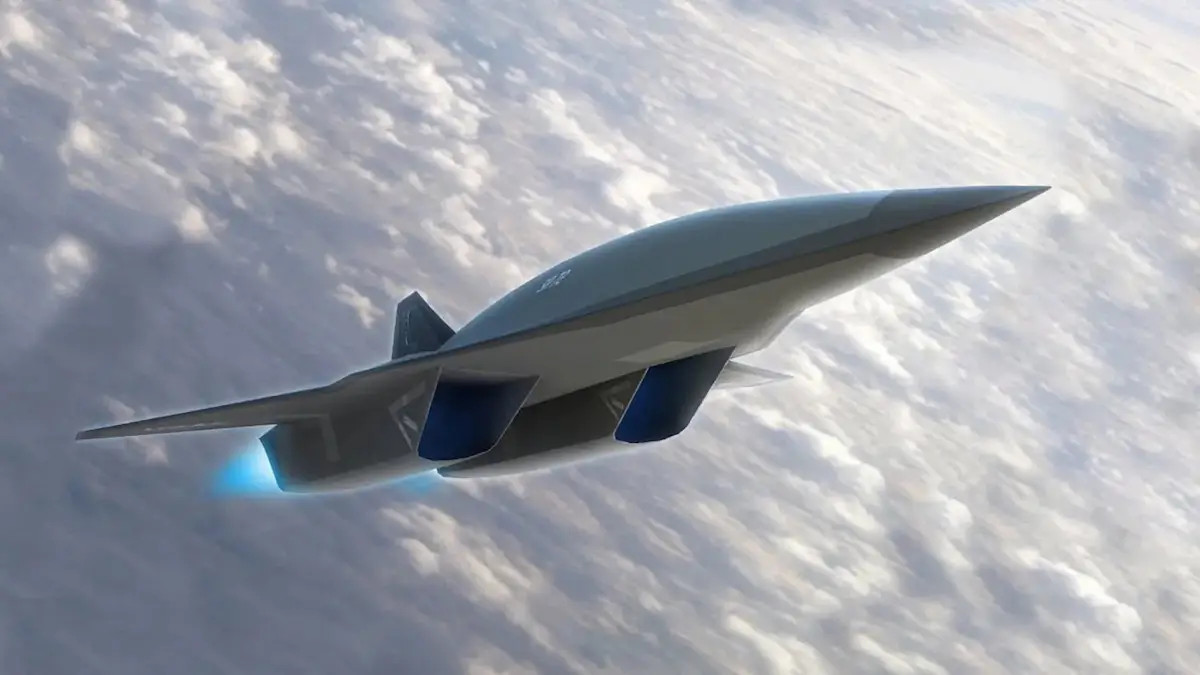
The SR-72, which was such a compelling pitch a time that Boeing unveiled a competing concept called Valkyrie, has now all but completely disappeared from open discussion among Lockheed Martin officials. Talk about the SR-72 did crop back up around Skunk Work’s creation of a fictional hypersonic aircraft called the Darkstar for the 2022 blockbuster movie Top Gun: Maverick. The Darkstar design was said to be so realistic that parts of it “could be more than mere fiction,” with Skunk Works constantly hinting that there is more to the concept than just a cool movie prop.

Boeing also unveiled a rendering of a new hypersonic aircraft concept in 2022, seen below, but offered few details about it or what had prompted its creation. When Leidos received the Mayhem contract that year, the Air Force did note that there had been five other proposals, but declined to name who had submitted them.
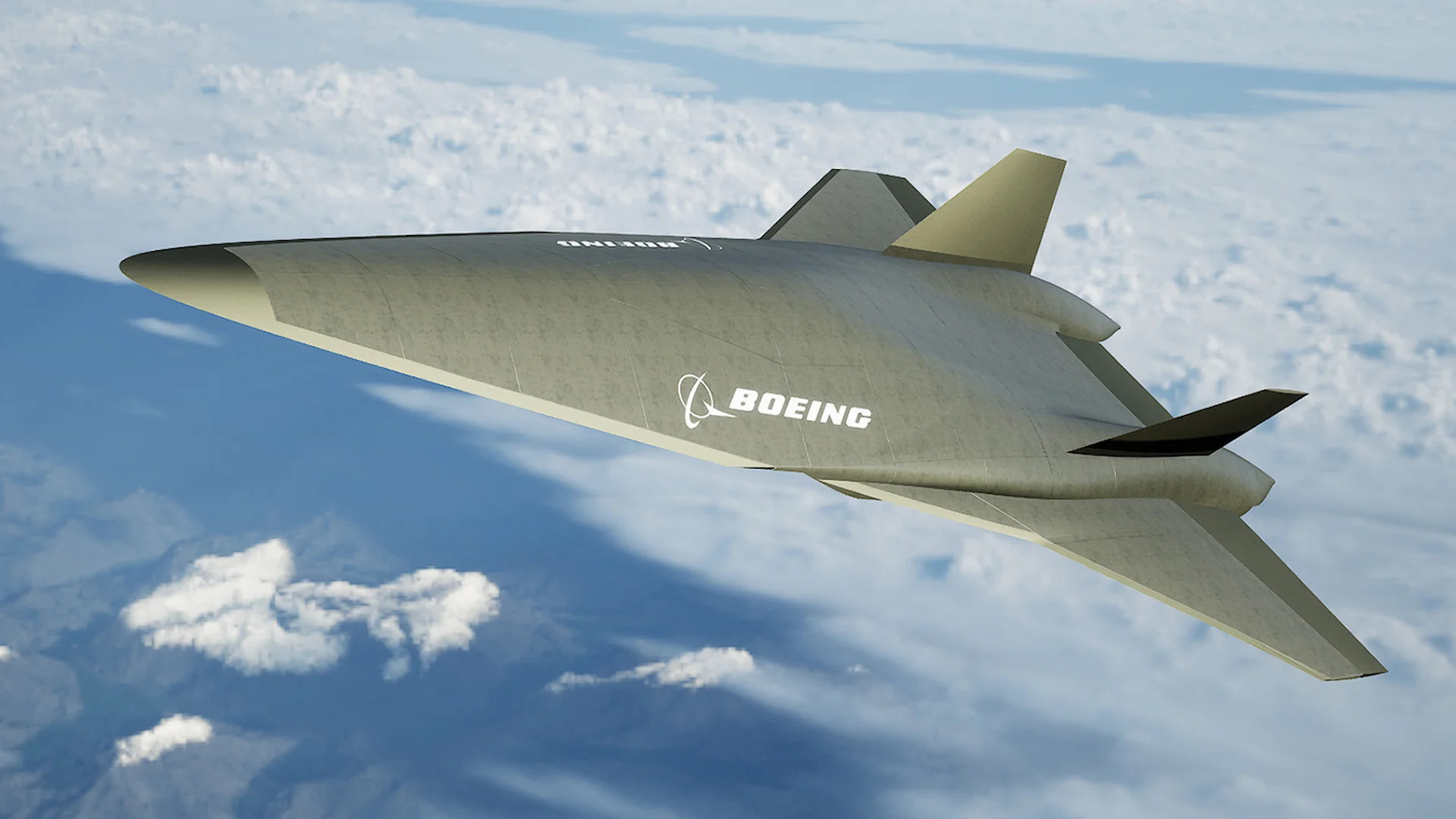
Altogether, what will happen to Mayhem now, and to the design that Leidos and its team have been working on, remains to be seen. Even if the program ends up ending completely without production a physical demonstrator, its still possible that work the scramjet engine and other components could find their way into future Air Force hypersonic developments.
But beyond Mayhem, we don’t know what is happening in the highly classified space and it very well could be that Mayhem became a redundant effort with a more mature program, like the still notional SR-72 concept, gaining outright priority over it.
Contact the author: howard@thewarzone.com
